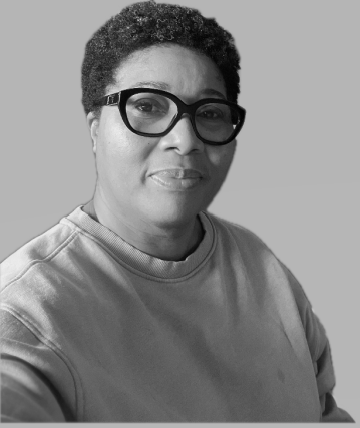Depreciation (Edexcel IGCSE Accounting)
Revision Note
Written by: Donna Simpson
Reviewed by: Dan Finlay
Adjustments for Provision for Depreciation
How do I record depreciation on the financial statements?
Calculate the depreciation charge for the year
The depreciation charge for the year is shown on the income statement
The depreciation charge for the year is added to the provision for depreciation to find the total depreciation to date
The statement of financial position shows:
The cost of the non-current assets
The accumulated depreciation to date
Including the charge for the current year
The carrying value
The cost minus the depreciation
Which accounting concepts are used when recording depreciation?
The following accounting concepts are used when recording depreciation:
Concept | Reason |
|---|---|
Accruals | The expenditure of the non-current asset is matched to the accounting periods where it is used |
Consistency | The selected method for charging depreciation should be used for each accounting period so that financial statements can be accurately compared |
Worked Example
Carlita owns a restaurant in her local area. Carlita’s financial year end is 30 April.
On 1 May 2022, she bought furniture costing $15 000 and paid for it by cheque. Carlita’s policy for the depreciation of furniture is to use the reducing balance method of depreciation at 20% per annum. Carlita charges depreciation in the year of purchase.
(a) Prepare an extract from the income statement for the year ended 30 April 2023 and an extract of the non-current assets section from the statement of financial position at 30 April 2023.
(b) Prepare an extract from the income statement for the year ended 30 April 2024 and an extract of the non-current assets section from the statement of financial position at 30 April 2024.
Answer
Part (a)
Calculate the depreciation charge for the first year by finding 20% of the carrying value
In the first year, the carrying value and cost are the same
20% ✕ $15 000 = $3 000
Calculate the carrying value at the end of the first year
Subtract the total depreciation from the cost
$15 000 - $3 000 = $12 000
Prepare the extracts
Only include the year’s depreciation on the income statement
Include the cost, total depreciation and carrying value on the statement of financial position
Carlita Extract from the Income Statement for the year ended 30 April 2023 | |
$ | |
Expenses | |
Depreciation of furniture | (3 000) |
Carlita Extract from the Statement of Financial Position at 30 April 2023 | |||
$ | $ | $ | |
Non-current assets | Cost | Accumulated depreciation | Carrying value |
Furniture | 15 000 | (3 000) | 12 000 |
Part (b)
Calculate the depreciation charge for the second year by finding 20% of the carrying value
20% ✕ $12 000 = $2 400
Find the total depreciation to date
$3 000 + $2 400 = $5 400
Calculate the carrying value at the end of the second year
Subtract the total depreciation from the cost
$15 000 - $5 400 = $9 600
Prepare the extracts
Only include the year’s depreciation on the income statement
Include the cost, total depreciation and carrying value on the statement of financial position
Carlita Income Statement (extract) for the year ended 30 April 2024 | |
$ | |
Expenses | |
Depreciation of furniture | (2 400) |
Carlita Statement of Financial Position (extract) at 30 April 2024 | |||
$ | $ | $ | |
Non-current assets | Cost | Accumulated depreciation | Carrying value |
Furniture | 15 000 | (5 400) | 9 600 |
Last updated:

You've read 0 of your 10 free revision notes
Unlock more, it's free!
Did this page help you?

